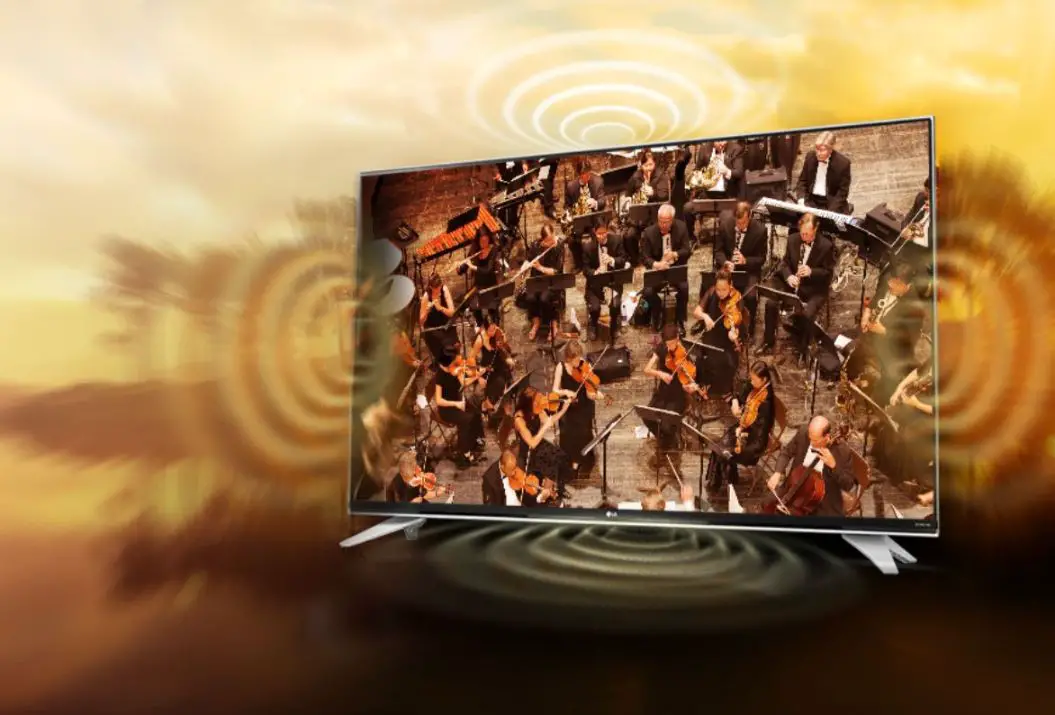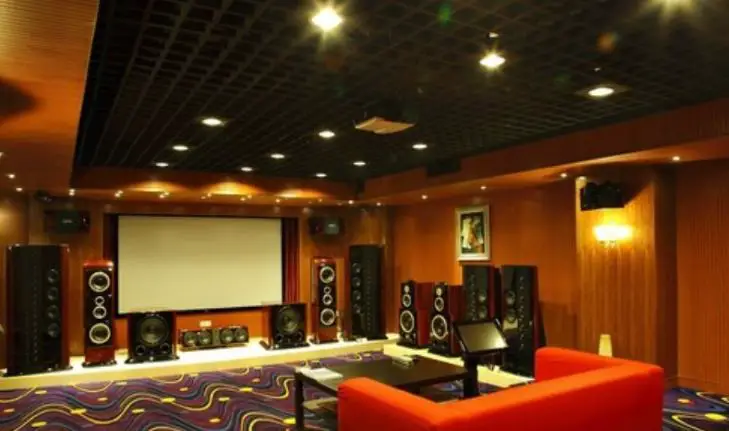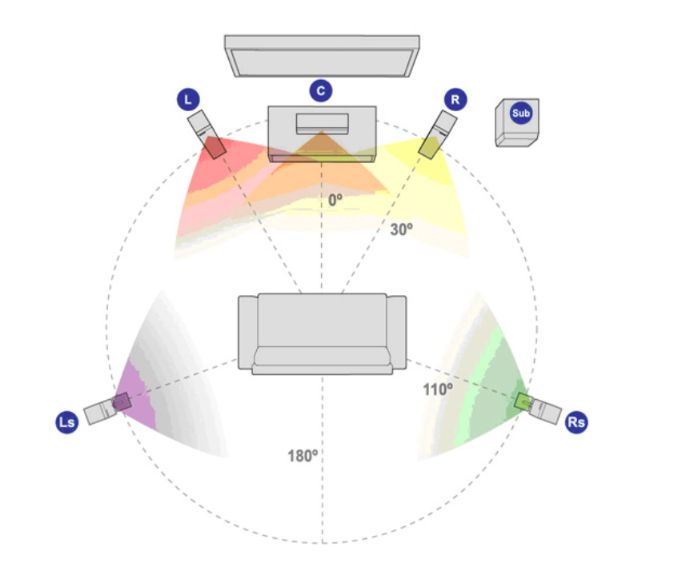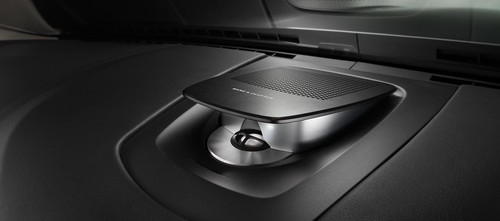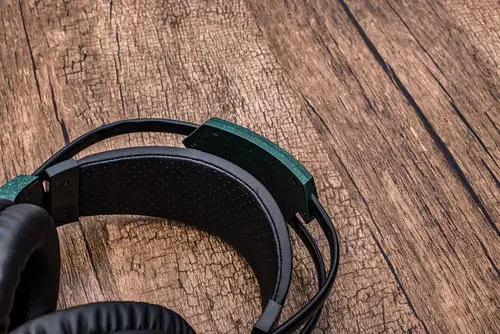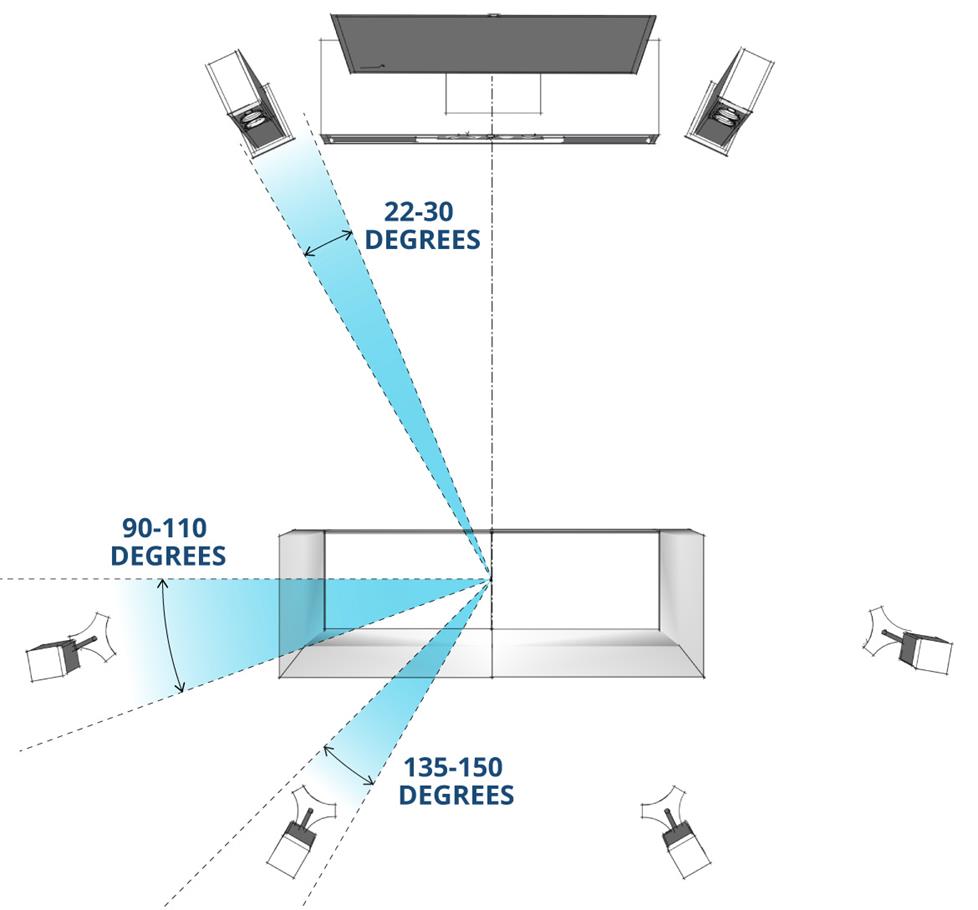Surround Sound vs Stereo
Nowadays, there are countless audio products on the market. From getting started understanding to figuring out, audio products are not just as simple as listening. You will encounter more and more sound quality effects. The diversified function cannot help but attract the enthusiasm of audiophiles. If you are also an audiophile interested in audio products, you will undoubtedly encounter questions about surround sound vs stereo when you get in touch with HiFi.
With everyone’s unique needs for sound quality, products with stereo and surround sound continue to emerge. First, let me introduce some knowledge of stereo and surround sound.
Stereo Sound: The Core Foundation of All-acoustic Products
Because people cannot perceive the direction of sound in the case of a single ear, we have two ears to perceive and discern the direction of the sound source, and it also allows us to distinguish the width and depth of the sound field. That is a significant effect in acoustics, called the Binaural effect.
It is crucial to the existence of the binaural effect in the process of music production. The sound engineer can configure the music information separately on the left channel or right channel speakers in the stereo speaker system, which is the “L” and “R” label mark on the headphone.
They can be configured separately in a stereo speaker system, and the sound engineer can also configure these musical elements between two speakers. For example, in most popular music you listen to, the singer’s voice sounds like in the middle, giving the audience the feeling that the singer is singing right in front of you.
Therefore, based on the binaural effect of the human ear, recording products have gone from mono to stereo. Generally speaking, a stereo speaker system will use two or more speakers, but the most common is still in the form of 2.0. That is the left channel and the right channel. Therefore, the digital audio files you can access at present, such as MP3, FLAC, AAC, and other music formats, are all stereo two-channel file formats when they are first recorded.
Here is a crucial point, either more speakers or more channels, there is no absolute relationship between the number of speakers and whether it is surround sound. Since the stereo speaker system is a relatively simple structure and the most popular way of sound presentation, the speakers and earphones we use are still dominated by stereo speaker systems. That is because the stereo is the foundation and core of acoustic processing and recording technology.
Stereo Music System
A proper stereo music system has at least two independent audio signal channels, and the reproduced signals have a specific sound pressure level and phase relationship with each other. When the audio source is played through the audio system, it will be a noticeable reproduction of the original audio source. When you need to reproduce the sense of the sound and the instrument’s position on the stage, stereo is needed.
Another requirement for a stereo music system is that the entire listening area must be equally covered by the left and right channels to achieve the same sound pressure level. For this reason, in a home stereo system, there is the best listening position (“sweet spot”) between the two speakers. Here, the difference in sound pressure and arrival times of the left and right channel sounds should be small enough to maintain the stereo image and sound source position.
The sweet spot is in a relatively small area between the two speakers. When the listener is outside this area, the sound image is lost, and only the sound of one or the other channel can be heard.
The best listening position in the living room may not be a problem because the sofa’s position can be arranged. But in larger places, such as a church, theatre, or cinema, the sweet spot may only include one-third of the auditorium, and the other two-thirds of the audience may wonder why they can only hear half of the source, lost the whole sound image.
The stereo music system must have the correct phase response from input to output on both channels. That means that if the system inputs a positive waveform signal, then the system output must also be a positive waveform signal. Take the drum as an example. When the drum is beaten to make the pickup microphone produce a positive waveform signal, a pressure waveform should also be generated in the listening room.
If you don’t believe this has a huge impact, you can try to reverse the polarity of your Hi-Fi speakers and listen to a sound source with a solid central sound image, such as a solo. When the sound phase is wrongly reversed, you will not obtain a stable central channel sound image. Instead, it will hover away from the centre, and you can hear the position of the two speakers.
Surround Sound: A New Technology with The Rise of The Film Industry
Surround sound is a kind of advanced stereo sound. The stereo is like a 2 D picture. There are only “left-right” two-channel or “left-center-right” three-channel in front of the listener. The surround sound, which belongs to the spherical stereo, must have at least three channels, and the sound of each channel must surround the listener. In surround sound, in addition to the “left-center-right” three channels in front of the listener, the other channels are generally called surround channels.
The replay sound field produced by this method retains the sense of the original signal’s sound source direction and produces a sense of surrounding and expansion. When listening to surround sound, the listener can distinguish the sound from the front, back, left, and right.
Surround sound can expand the spatial sound source to a 3D immerging experience, so it can realistically reproduce the spatial reverberation process of the performance hall and has more for a moving sense of presence. If combined with large-screen TV, this sense of presence will be more realistic and vivid.
Unlike music, the movie needs to bring the audience more than just the playback of the picture. How to make the audience feel the difference in the depth of the sound source generated by the distance of the objects in the picture while seeing the movie picture. The way of feeling the vehicle’s location and the person is different, and the direction of the sound source is different. This is obviously not the most common in the music production industries. But in the film industry, this is a problem that must be solved.
Since the living area of our home is much smaller than that of a movie theatre, even for watching a movie, only a set of 2.0-channel speaker system is enough. But for the large space of a cinema, it is difficult for the stereo speaker system to show the presence of the audience that the movie needs. Therefore, audio leaders such as Dolby Laboratories, THX and other companies began to think of ways to solve the problem.
According to the surround sound coding scheme provided by companies such as Dolby or THX, the recording can bring the audience a sense of presence to multi-channel audio. With a multi-channel (surround sound) speaker system for playback, you can feel the immersive audio-visual synchronization effect when watching a movie in the cinema.
Surround sound speaker systems generally use more than five speakers, which are placed in the front, middle, and rear positions, so that the speakers are placed around the audience. That is the concept of “surround sound”.
Currently, popular multi-channel surround sound technologies include Dolby Audio Code3 (AC-3), Dolby ProLogic II, Digital Theater Sound (DTS), etc. Surround sound systems include 5.1, 7.1, 9.1, etc. If there is a ceiling channel, it is 5.1.2, 7.1.2.9.1.2, etc.
Early Surround Sound Systems
Over the years, surround sound has been produced in many different ways. Disney’s “Fantasia” (1940) was one of the first surround sound films, immersing the audience in classical music. Disney sound engineers separated the recordings of each orchestra and mixed them to create four different soundtracks. These tracks are recorded on separate tracks.
Four audio tracks drive different speakers around the theatre. In a fully equipped theatre, the music seems to move back and forth in the auditorium. This effect is achieved by audio panning. Panning involves fading out a sound (such as a violin melody) from one audio channel while building the sound on another channel.
To play “Fantasia” surround sound, the theatre needs an additional projector to play the original sound and an expensive receiver and speakers.
This surround sound system did not become popular because the necessary equipment was costly. But by the end of the 1950s, many Hollywood movies adopted a more straightforward multi-channel format. Several different theatre settings appeared in this era, including the famous movie theatres and movie projectors. But most of them use the same basic sound technology. As a whole, these systems are called stereo or simply theatre stereo.
Reasons for choosing a stereo system
To listen to music, stereo is generally the first choice. Because multi-channel surround sound is of little significance for HIFI appreciation. Stereo pays attention to the sound quality and the quality of music. Music recording has always been the mainstream, and excellent works such as fever music are recorded in stereo. Therefore, in terms of sound quality, stereo is loved by most people, and the source of the film is relatively affluent.
Reasons for choosing a surround audio system
The audio signal is allocated to two independent channels during the recording process so that the listener can obtain a more realistic playback effect. The 16-bit stereo also became the most basic audio specifications of sound cards at that time, and it lasted for a long time. In recent years, PCI sound cards that support multi-speaker output have gradually been released to the market. Multi-point active speaker systems have also become popular, from 4.1 channels and 5.1 channels to the latest 7.1and 9.1 channels.
So compared with traditional stereo, what are the advantages of multi-channel surround sound? First of all, you can get surround sound from multiple different directions in terms of the overall effect, and the entire sound field surrounds the audience. The sound effect simulation technology can obtain a variety of different environments.
Secondly, surround sound can create a better home theatre system for users. The increasing popularity of DVD and blue rays will bring us both visual and auditory impacts. Finally, multi-channel surround sound will bring us rich listening enjoyment and sound effects. In short, surround sound technology can simulate a near-real sound environment, giving the listeners a brand-new experience.
Related Questions
Is stereo or surround sound better for gaming?
The stereo is only two channels, and there are no front or back directions. Surround sound allows us to get a more immersive entertainment experience in the game. The earliest computer sound cards can only provide a mono output signal, which obviously cannot show the positioning and changes of the sound field, and the effect is not good.
With technology development, the current computer through multi-channel technology, such as EAX, A3D software support, users can feel the positioning and changes of various sound effects in the game. A lot of games need to listen to these sound details, especially in shooting games. Stereo cannot provide the function of accurate positioning.
Which sound system is best for the car? Stereo vs Surround Sound?
This varies from person to person. As far as I am concerned, I am looking for a stereo. I will spend all the money on the digital processor, power amplifier, front door speaker. The back sound field does not pay that much care. If the back door speaker has a sound, it will interfere with the effect of the front sound field and interfere with the sound field positioning.
If you like the feeling of surround sound, then the matching of the rear door speakers must be similar to the front door. The brand, style, price, etc., should be preferably the same. The disadvantage is that the cost is too high, but it will bring a better sense of atmosphere and envelopment. In addition, the low frequency will be significantly enhanced.
The car’s standard audio system is surround sound, and the front and rear door speakers are the same. Some high-end models have more than a dozen speakers, also equipped with surround sound advanced DAC and active crossover power amplifier.
But even if it is a high-end luxury model with a famous speaker company’s product, it will only use the low-end model of this brand. That is for cost considerations. For example, Volkswagen’s high-end models use the Dynaudio speakers, but this can only be compared with low-end models in the Dyandio product lines.
Therefore, when evaluating the sound quality of a specific car, don’t judge the sound quality as soon as you see what brand of speakers. Even if some speaker brands are not so famous, the sound effect may not be wrong if they are equipped with high-end models. And it also depends on personal pursuits and preferences.
If you pursue the ultimate HIFI sound quality, the car’s original speakers have to be upgraded. No matter what car, no matter what big brand. Because the original car from design to matching is not the effect of HIFI audio, this is also necessary for professional car audio modification.
Can headphones achieve surround sound?
With the popularity and development of surround sound technology, multi-channel home theatre speaker systems have become commonplace. But, can headphone products achieve the same effect as home theatre speakers? Unfortunately, the answer is: no.
This is because the headphone system itself is a pure stereo system, so no matter how many units there are in the left and right channels of the headphone, the surround sound cannot achieve the ability of front, middle, and rear placement. Therefore, if you look closely, all products that advertise their headphones as “surround sound” characteristics all use this technology, virtual surround sound.
As headphone products are not only needed for listening to music, but also for playing games and watching movies. Suppose you want to get a good listening experience in the game without affecting others.
In that case, you need the headset manufacturer to decode the played audio twice according to the characteristics of the surround sound and use stereo headphones to simulate the natural surround sound. Therefore, the headset can’t be ultimately the same as the sound played by the surround sound box system, and it can only be as close as possible.
Is the placement of the speakers important?
Very important. In the system, the speaker position is the most critical for a complete surround sound experience. To achieve the ideal state, all the sounds of all speakers in the system need to reach the listener simultaneously, which is very difficult to adjust. The setting of stereo sound is relatively simple, place the two speakers in a symmetrical position at the front and aim at the ears. This is why stereo has existed for so many years.
Surround sound systems have very high requirements for the placement of speakers. Generally, for the placement requirements of 5.1 and 7.1 system speakers, it is recommended to follow the following principles:
Main speaker: The left and right main speakers are placed at 45° from the audience, providing a more expansive sound field and improving the sound positioning.
Center speaker: The centre speaker is arranged at either position above or below the display. Based on this arrangement, the speakers are either high or low, facing the listener.
Side surround speaker: SL (surround left) and SR (surround right) speakers are placed above the listener at an angle of 90 to 110 degrees and 2 feet or higher to surround the home theatre and intense special effects.
Rear surround speaker: SBL (surround rear left) and SBR (surround rear right) are placed side by side at the back of the auditorium to obtain the maximum sound field effect. If SBL and SBR cannot be placed together, they need to be placed in THX adjustments in the settings menu.
Subwoofer:
- If you have four, place them in a cross shape in the middle of each wall.
- If you have two, place them between two opposing walls.
- If you have one, place it in the middle of the front wall.
The placement position is related to the number of subwoofers.
Can I use floor-standing speakers for surround sound?
Yes, you can. Surround sound is a multi-channel system, and each channel is connected through AV Receiver for driving. For a conventional 5.1 or 7.1 surround sound system, the floor-standing speakers can be used as the main speakers for the front left and right channels.
Can I use stereo speakers or old speakers for surround sound?
Yes, you can. Stereo speakers include bookshelf speakers and floor standing speakers. Floor standing speakers can be used as front main speakers. Desktop speakers can be used as side surround speakers or rear surround speakers.
